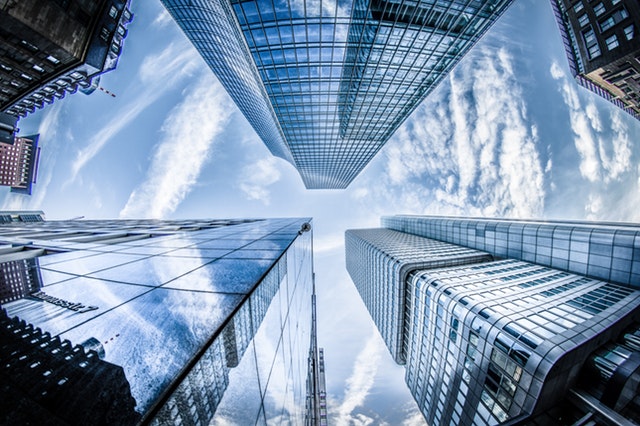| Just the Peaks
This newsletter, at a glance
|
CRE insiders suggest new office construction may lead to vacancies
How to drive demand and make 2020 your best year yet
At the end of 2019, commercial real estate reporters identified a shifting trend in new office construction: while the third quarter boasted surprisingly high numbers—118.5M sq/ft of new supply, to be exact—the actual number of workers reporting to a traditional office is dwindling. Still, the national vacancy rate remains relatively strong at 14.2%.
So, what’s going on with the U.S. office market? How can developers reconcile such healthy gains with the fact that employees are occupying smaller offices, shared spaces are booming, and many workers are skipping a traditional office altogether?
“Experts ascribe the reasons for the seemingly illogical divergence in office supply and demand—a gap that figures to widen—to a host of reasons,” explains Jarred Schenke of Bisnow Atlanta. “But they all come back to one connecting factor: the millennial worker.”
State of the office space
- In 19Q3, new office construction clocked 118.5M SF of fresh space, the highest in this economic cycle
- Class-A office buildings accounted for 2.8B SF of all stock in 2019, with Class-B claiming 2.57B SF (a near-even split)
- Vacancies also remained close in 2019, with Class-A offices reporting 13.5% and Class-B at 11.5%
- While Class-A absorption is in the green at +32.8M SF in 2019, Class-B absorption is seeing red at -10.1M SF
**For more facts and figures, visit Bisnow and JLL
All the amenities (or nothing)
The latest research suggests that certain millennials—around 4.7 million people—demand luxury without compromise. Known as the ‘flexible workforce,’ these individuals enjoy the flexibility, comfort and freedom that comes with working from home. In other words, if they’re going to report to a physical office, it better be worth it.
This explains why new office buildings are in such high demand. New construction projects continue to score long-term leases, with many lining up tenants long before completion. With the popularity of teleworking set to grow through 2020 and beyond, developers will have to cater to tech, life sciences and creative occupiers in order to succeed.
“Only the newest buildings have been deemed good enough,” says Schenke. “Millennial workers want warm, attractive offices replete with amenities. When they don’t get it, they work somewhere else—from home, a coffee shop or another company’s office.”
The workforce shift
- In 2016, ‘gig workers’ (such as freelance photographers or Uber drivers) accounted for 34% of the workforce; the figure is expected to hit 43% in 2020
- Over the past 15 years, the number of full-time employees teleworking has increased by 173%—about 4.7M people
- In 2018, the average square feet of office space per worker was down 194, an 8.3% decrease since 2008
- Today, about 50% of employers feel their space goes to waste, with many striving for 100-140 sq/ft per worker
**For more facts and figures, visit Bisnow and Cushman & Wakefield
Staying on top in 2020
The best way to overcome the growing ‘supply-demand’ challenge is for developers to focus on attracting companies with a high number of millennial personnel. They are, after all, the largest segment of today’s workforce. When planning your next project, consider the following tips and trends courtesy of Everest Equity:
- Open floor plans – With collaboration up and space-per-employee down, offices should embrace a free-flowing, cubicle-free design
- Convenient location – More and more millennials travel by foot, bike, car-share, train and Uber, so accessibility is key
- Lifestyle amenities – Incorporate dedicated spaces for coffee, cooking, fitness, gaming, meditation and other innovative break rooms
- Social spaces – Clients still seek a sense of community; they should be able to transform the space for staff parties and social gatherings
- Seamless connectivity – Ensure a robust wireless network and incorporate upgrades such as USB charging ports and Virtual Meeting Rooms
Everest says: mind the millennial




